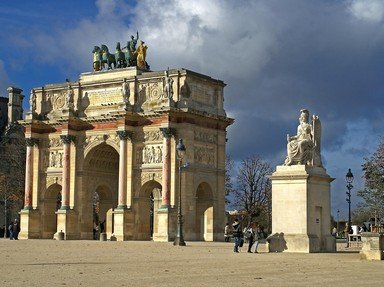Quiz Answer Key and Fun Facts
1. The Battle of Borodino on 7 September, 1812, was a key battle in the French invasion of Russia. Who led the French?
2. The Battle of Borodino resulted in horrific losses for both armies. The French suffered 30,000-35,000 casualties and the Russians 40,000-45,000. Not for 104 more years would world history see a greater loss of life in a single day's battle. Which World War I battle would surpass the slaughter of Borodino?
3. Which 67-year-old Russian general was given command of the Russian forces just ten days before the Battle of Borodino?
4. Who was the tsar who proclaimed Russia's defense against the French Invasion to be a "Patriotic War"?
5. The invaders had an opportunity late in the battle to completely defeat the Russian forces, but the French commander chose not to commit his last reserves to attacking the retreating Russians, a tactic he had previously used in other victories. What was the name of this elite unit that was under the direct command of the French emperor?
6. In the Battle of Borodino, Russian commanders Matvei Platov and General Uvatov led 8,000 Russian cavalry in an attempt to circle the French flank and attack their rear. By what name were these famed cavalrymen known?
7. Among the French force of over 600,000 that entered Russia were many fighters from client states outside of France. For example, the two cavalry forces that captured the Great Redoubt in the Battle of Borodino, the Garde du Corps and the Zastrow Cuirassiers, were Saxon horsemen. As such, what would their native language have been?
8. Which Russian city fell to the French one week after the Battle of Borodino?
9. Although the invaders held the field and the Russian troops were forced to retreat, the battle was not a complete victory for France. As a matter of fact, it turned out to be one of those wins that inflicted such heavy losses on the victors that it was tantamount to a defeat. What type of victory is this?
10. The eventual but complete failure of France's invasion of Russia, despite a victory at Borodino, came about because of what non-military strategy employed by the Russian government and people?
Source: Author
shvdotr
This quiz was reviewed by FunTrivia editor
bloomsby before going online.
Any errors found in FunTrivia content are routinely corrected through our feedback system.


